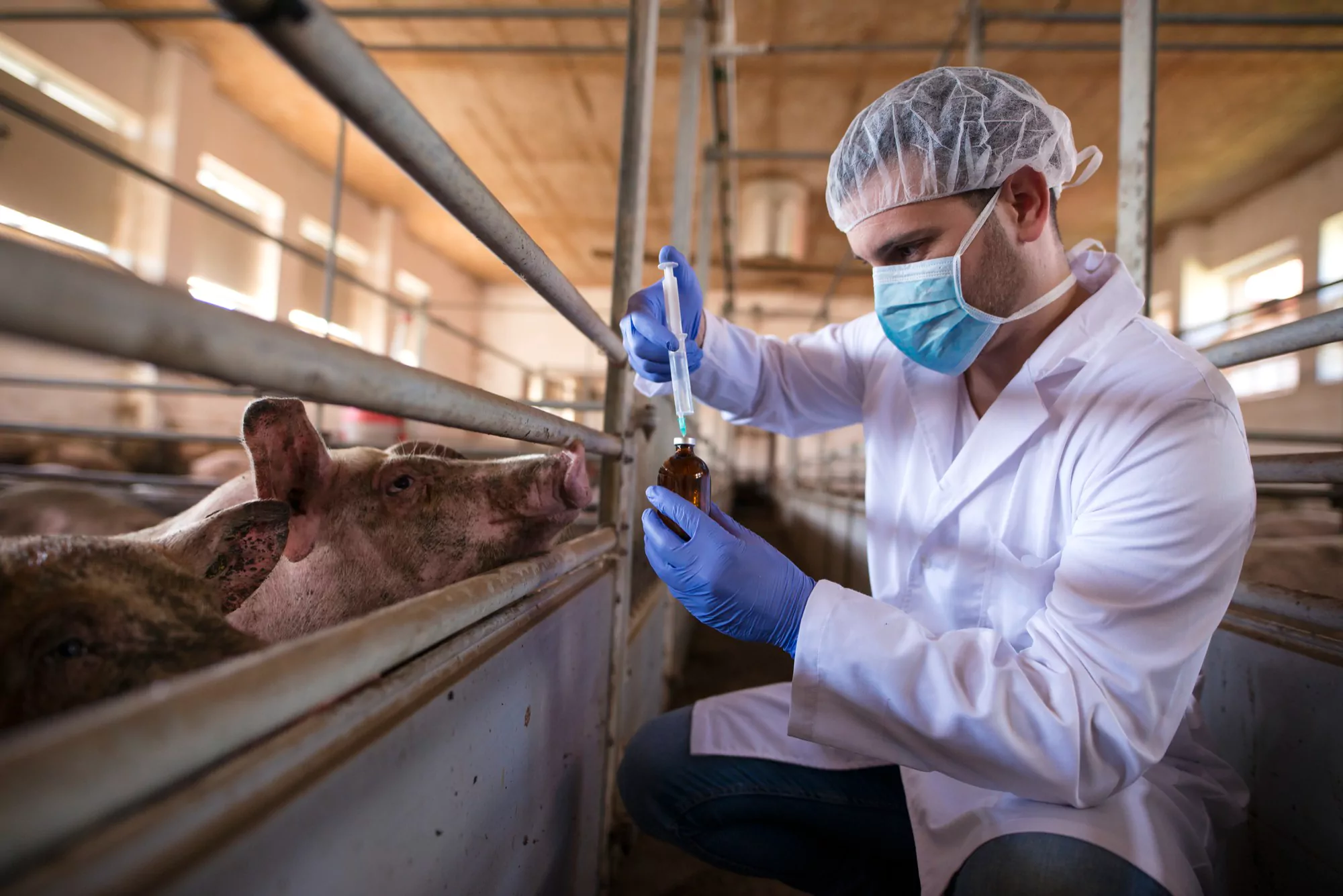With porcine epidemic diarrhea virus (PEDV) continuing to wreak havoc in the global pig industry, an air of cautious optimism has recently been created by a groundbreaking study published in the journal Vaccine. A team of researchers led by Guo Weilu at the Institute of Veterinary Medicine, Jiangsu Academy of Agricultural Sciences, has reported the successful development and testing of a trimeric full-length spike (S) protein subunit vaccine for PEDV, promising a new chapter in the management and prevention of this devastating disease.
The Urgent Challenge of PEDV
First identified in Europe in the 1970s, PEDV has spread to many pig-producing countries, leading to significant economic losses due to high mortality rates, particularly in suckling piglets. Commercial vaccines have been in use, yet they have fallen short in efficacy and conferred incomplete protection against the virus. A novel vaccine that provides stronger immunity and better control of PEDV spread has been a pressing need for veterinarians and the swine industry.
The Development of a New Vaccine
In a study recently indexed with the DOI 10.1016/j.vaccine.2024.01.020, researchers employed an efficient mammalian expression vector system in HEK 293F cells to synthesize the necessary proteins for the trimeric vaccine. They designed trimerized proteins not only of the full-length PEDV S protein but also for the S1 subunit, and a tandem repeat of multiple epitopes of the S protein.
The team evaluated the immunogenic potential of two commercial adjuvants, M401 and M103, in mice, which would assist in enhancing the body’s immune response to the vaccine. This approach aimed to determine the most effective combination that could potentially be translated to protect pigs against PEDV.
Notable Findings and Results
The scientists observed that all the immunization protocols they tested generated a robust immune response. Mice exhibited high systemic PEDV S-specific IgG and IgA antibodies—a clear sign of immunogenicity. Particularly noteworthy was the group immunized with the S protein combined with the M103 adjuvant; the mice showed the highest neutralizing antibody titer with 1:96, which indicates a strong potential for preventing infection.
Implications for the Swine Industry
The development of this trimeric full-length S protein subunit vaccine is a significant step forward. Not only does it have the potential to provide better protection compared to existing vaccines, but it also represents a scientific milestone that could pave the way for advances in other swine diseases.
Intellectual Property and Competing Interests
Published on January 14, 2024, with the identifier S0264-410X(24)00020-3, this study stands out as an unadulterated potential game-changer in veterinary medicine. It is of interest to note the declaration of competing interests or lack thereof; the authors clarified having no known competing financial interests or personal relationships that could have appeared to influence the work reported in this paper.
Potetial for Cross-Species Applications
While this vaccine is being developed for pigs, its underlying technology and the approach of using trimerized proteins could have broader ramifications for other animal vaccines and perhaps even those for human use.
What’s Next?
The next critical step is to validate the vaccine’s effectiveness in pig populations and to assess its safety and production scalability. Regulatory processes would also need to be navigated before this vaccine can hit the market. In parallel, ongoing research will potentially refine the vaccine and its administration protocols further.
Engagement with the Scientific Community
The research has certainly struck a chord with the scientific community, with key figures such as Wang Chuanhong, Song Xu, and Xu Hong lauded for their participation in this crucial endeavor. The project is a testament to collaborative work across institutions, such as the Jiangsu Co-innovation Center for Prevention and Control of Important Animal Infectious Diseases and Zoonoses.
Conclusion
This study’s findings represent a beacon of hope for pig producers and could have a profound impact on the battle against PEDV. As the article penned by these accomplished researchers circulates through academic and professional veterinary networks, the anticipation for a commercial rollout grows. For an industry that has been reeling under the onslaught of PEDV, this might just be the breakthrough they were waiting for.
Keywords
1. PEDV Vaccine Development
2. Trimeric S Protein Immunogenicity
3. Porcine Epidemic Diarrhea Virus
4. Subunit Vaccines for Pigs
5. Swine Veterinary Immunology
References
1. Guo W, Wang CH, Song X, et al. Immunogenicity and protective efficacy of a trimeric full-length S protein subunit vaccine for porcine epidemic diarrhea virus. Vaccine. 2024; [DOI: 10.1016/j.vaccine.2024.01.020]
2. Jung K, Saif LJ. Porcine epidemic diarrhea virus infection: Etiology, epidemiology, pathogenesis and immunity. Journal of Animal Science and Biotechnology. 2015;6(1):56. [DOI: 10.1186/s40104-015-0058-4]
3. Song D, Moon H, Kang B. Porcine epidemic diarrhea: A review of current epidemiology and available vaccines. Clin Exp Vaccine Res. 2015 Jan;4(2):166-76. [DOI: 10.7774/cevr.2015.4.2.166]
4. Crawford K, Lager KM, Miller LC, et al. Evaluation of porcine epidemic diarrhea virus transmission and the immune response in growing pigs. Vet Res. 2015;46:49. [DOI: 10.1186/s13567-015-0180-7]
5. Bi J, Zeng S, Xiao S, et al. Design and evaluation of a novel tetravalent vaccine (consisting of S1 and M proteins) for the prevention of porcine epidemic diarrhea. Vet Microbiol. 2019;233:21-27. [DOI: 10.1016/j.vetmic.2019.04.015]
